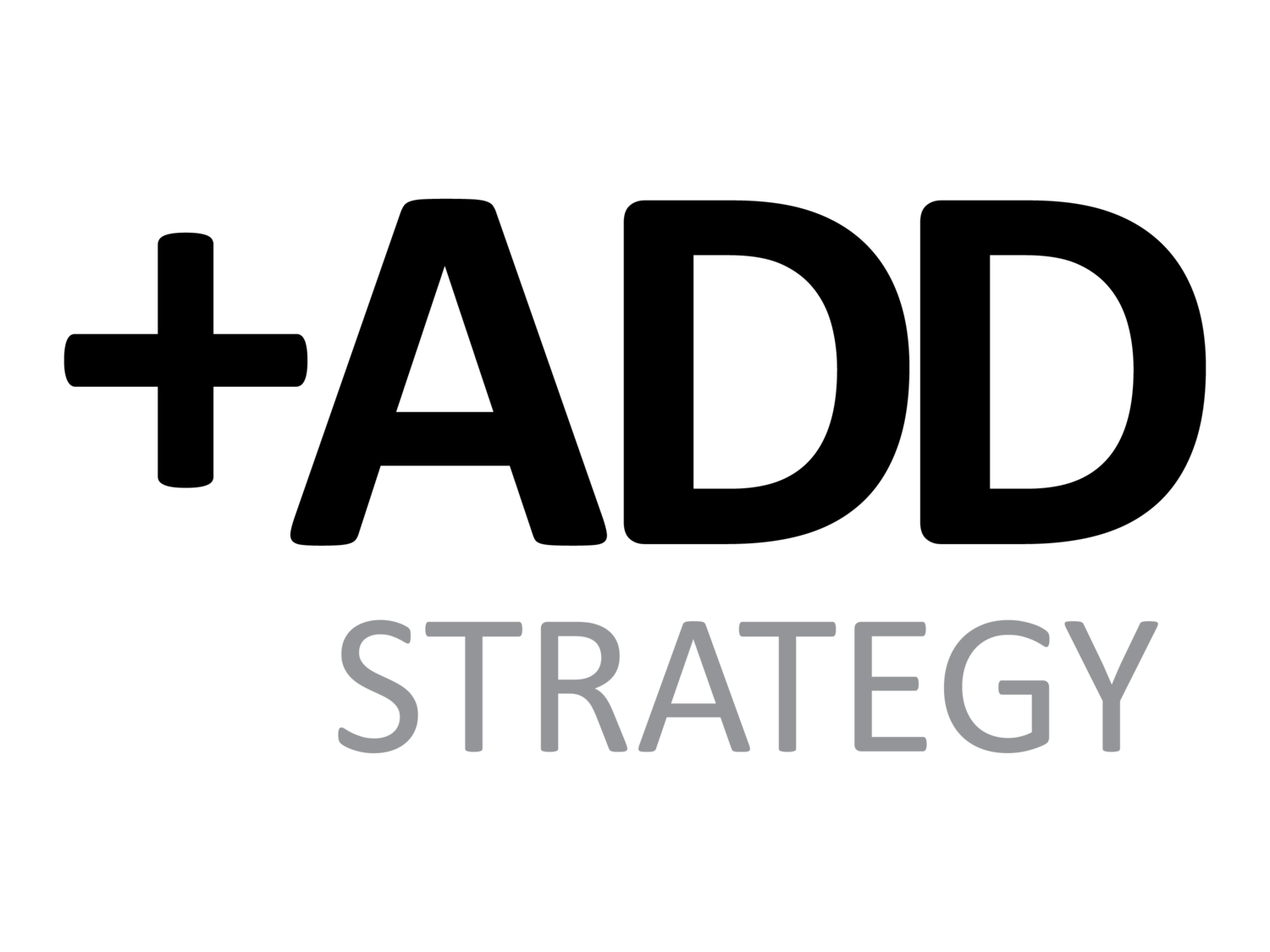Yesterday 102 participants gathered from across the water indusrty, including 7 water companies, 5 universities and a myriad of large and small supply chain participants.
The event saw the launch oof the Siemens IoT / IaaS innovation challenge, focussed on accelerating innovation and adoption of enhanced intelligence solutions in the water industry.
The first of 7 challenges in this space was explored…Water Quality monitoring. Passions were high as a host of drivers and barriers to improved monitoring were explored. The goal of the event was to determine which barriers and problems should be the focus of the Challenge initiative.
Bev Wrigly of Engaging Safety Ltd, Said ‘An exceptional day, very interactive, met some great people and nice to catch up with old friends and acquaintances’
Oliver Grievson of WIPAC water intelligence forum said, ‘It was a fascinating Q&A session which could have gone on all day - highlight of a fantastic day’
Karl Dalton of Siemens said ‘What an excellent days discussion around challenges in Water Quality and the desire from industry to change. Looking forward to the next steps of supporting the industry moving forwards with the challenges we all defined.’
At the end of the day 10 key problem statements were created and participants registered thier interest in getting involved.
John Gaffney, Water Quality lead at Siemens said ‘I’ve had a really insightful day working with both end-users and components of the supply chain on how we unlock the potential in water quality monitoring’
There was a clear sense that more intelligence would be very useful not only in operations but to better support regulatory reporting. The audiance expressed views that changes in regulation over the coming few years would see increasing acceptance of new netwrk intelligence alongside field testing, sampling and lab analysis.
Interestingly in terms of barriers to adoption, the focus was on people, culture and processes more than technology and topical sensor developments. Some 25 problem statements were generated against key barriers explored and prioritised by the partiipants in a number of structured activities.
A host of sensor based intelligence was identified as interesting but not critical to scale while areas of high need but poor solution provision were also identified . Some of these measures were a proxy or used for enhanced diverse calibration for modelling and understanding water quality operations and performance.
In other domains the cost, maintenance requirements, and installation efforts amongst other factors were preventing broader rollout on sensors being used in network sites and topical locations.
In terms of IaaS (Intellligence as a service) feedback suggested that Water companies are not likely to defer responsibility for key measures to assured services and would be more likely to consider blended businesses models, retaining some responsibility for interpretation and intelligence governance.
It was clear that the innovation initiative will need to carefully reflect with stakeholder water companies and select business cases that are timely, of contextual interest and meet specific challenges (some of which were identified).
Further it was great to see that many of the suppliers in the community have strong relationships with Water companies and are open and keen to collaborate in co-designing new solutions. During the event vendors expressed thier interst in getting involved in resultant initiatives.
In conclusion the Siemens Challenge launch demonstrated a huge amount of collaborative potential and extensive practical insights into the Water Quality IaaS opprtunity. Moving forward the task is to work with the supply chain to create more pallatable change through co-design, development of clear prioritised business cases and new business models with customers and thier suppliers (both existing and new).
Follow the initiative process and get involved at www.addstrategy.co.uk/get-involved

